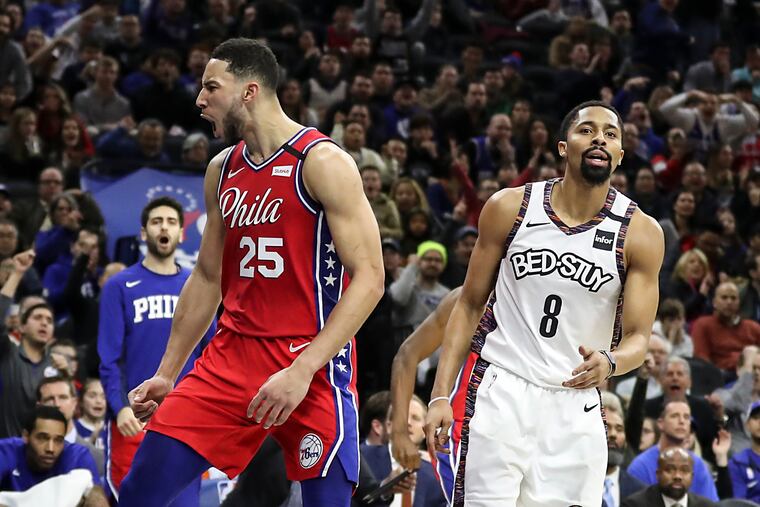How the new-look Sixers roster breaks down for the 2020-21 NBA season
The Sixers return seven players from last season’s roster, the third-fewest in the NBA. Meet the new players mixing in with the old before the regular season tips off Wednesday against the Wizards.
